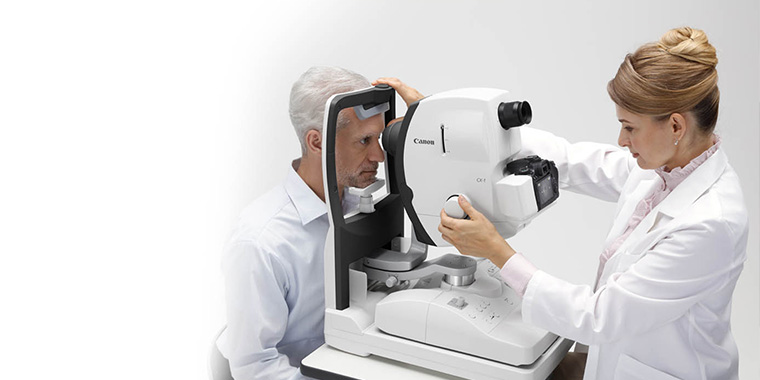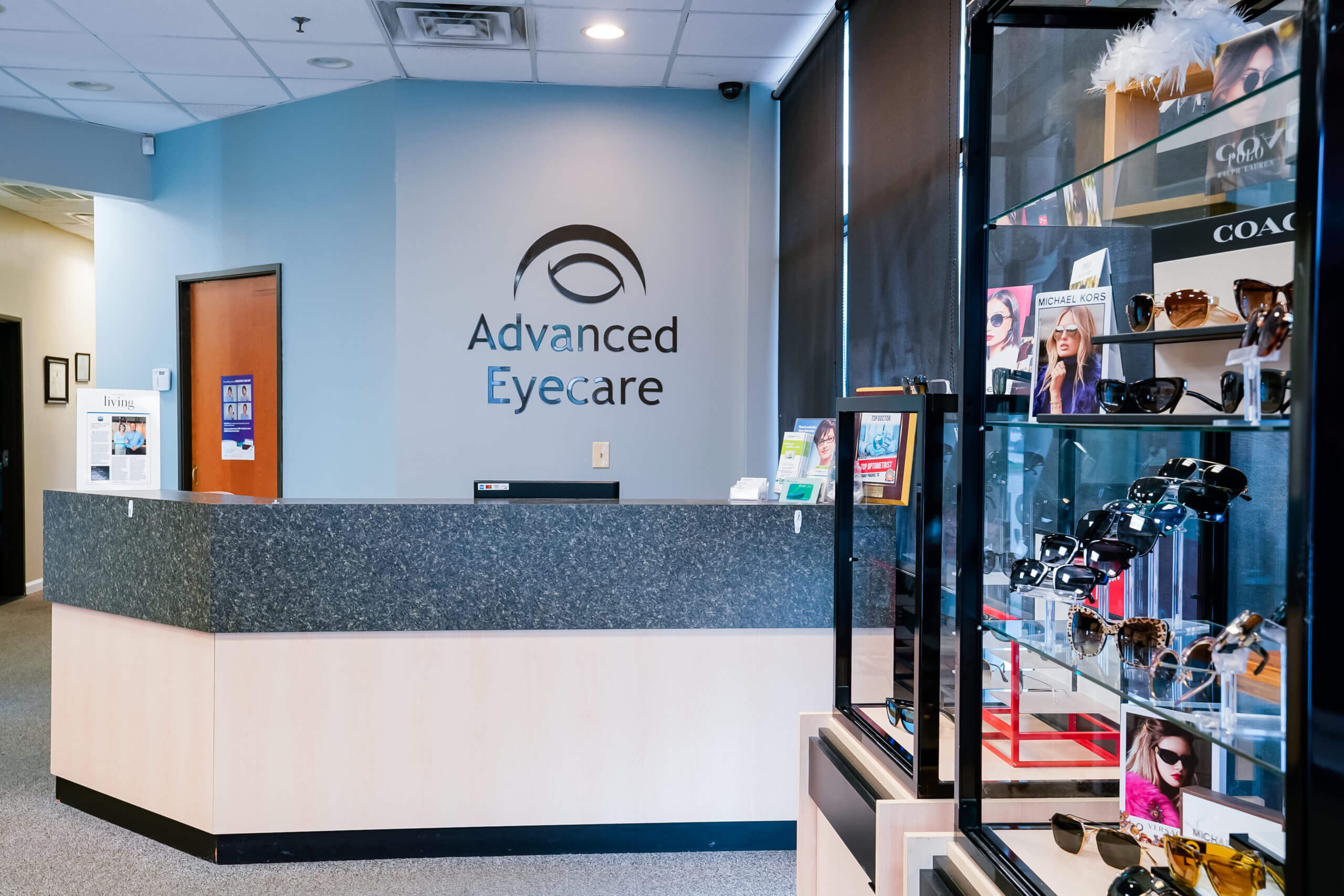The Benefits And Drawbacks of Different Refractive Surgeries for Boosted Eyecare

LASIK Surgical Treatment
LASIK surgical procedure is a commonly carried out refractive procedure that intends to deal with vision problems such as nearsightedness, astigmatism, and farsightedness. During the procedure, a slim flap is created on the cornea, and a laser is made use of to reshape the underlying tissue, correcting the refractive error.
Among the primary advantages of LASIK surgical treatment is the rapid enhancement in vision experienced by many patients. The majority of individuals see a substantial improvement in their vision shortly after the procedure, with very little downtime required for healing. Furthermore, LASIK is recognized for its high success price and low occurrence of complications when executed by knowledgeable specialists. Like any type of surgical treatment, LASIK additionally carries some dangers, consisting of dry eyes, glare, halos, and under or overcorrection of vision. It is necessary for people thinking about LASIK surgical treatment to go through a detailed analysis by an eye care specialist to determine if they appropriate candidates for the procedure.
PRK Procedure
The PRK treatment, also referred to as Photorefractive Keratectomy, is a type of refractive surgery that aims to fix vision concerns similar to LASIK surgical procedure. Unlike LASIK, which involves producing a flap in the cornea, PRK works with the surface area layer of the cornea. During the PRK treatment, the external layer of the cornea, called the epithelium, is gotten rid of to allow reshaping of the underlying corneal tissue with an excimer laser. This improving helps to correct refractive mistakes such as farsightedness, nearsightedness, and astigmatism.
One of the benefits of PRK over LASIK is that it removes the risk of flap-related complications considering that no flap is created during the surgery. This can be beneficial for people with thin corneas or those included in contact sporting activities where eye injury is an opportunity. Nevertheless, the recovery time for PRK is commonly longer contrasted to LASIK, as the external layer of the cornea requires time to regenerate after the treatment. Regardless of the longer recuperation duration, PRK can be a suitable alternative for individuals seeking vision correction surgical treatment.
SMILE Surgery
A cutting-edge refractive surgery strategy obtaining appeal in the area of ophthalmology is SMILE Surgical procedure. Little Cut Lenticule Extraction (SMILE) is a minimally invasive treatment that deals with vision by reshaping the cornea using a femtosecond laser. Unlike traditional LASIK surgical treatment, SMILE Surgical treatment entails producing a little cut in the cornea to draw out a lenticule, which leads to much less disturbance to the corneal framework and possibly quicker healing times.
Among the key advantages of SMILE Surgical procedure is its ability to treat nearsightedness (nearsightedness) and astigmatism with high precision, leading to excellent visual outcomes for patients. The minimally invasive nature of the treatment additionally decreases the danger of issues such as completely dry eye syndrome, making it a favorable alternative for individuals looking for refractive surgical procedure.

LASEK Strategy
Having explored the advantages and factors to consider of SMILE Surgical treatment, an additional noteworthy refractive surgical procedure method worth taking a look at is the LASEK Strategy. LASEK, which represents Laser-Assisted Subepithelial Keratectomy, is a form of laser eye surgery that aims to deal with refractive errors such as myopia (nearsightedness), hyperopia (farsightedness), and astigmatism.
Unlike LASIK, LASEK advice does not include websites creating a corneal flap. Rather, during a LASEK procedure, the surgeon utilizes a diluted alcohol service to loosen the slim outer layer of the cornea, recognized as the epithelium.
One of the key benefits of LASEK is that it can be suitable for individuals with thin corneas that may not be excellent prospects for LASIK. In addition, LASEK typically results in very little post-operative pain and a quicker recuperation time contrasted to PRK. Nevertheless, the visual healing process with LASEK may be a little longer than with LASIK.
Implantable Contact Lenses
Implantable Contact Lenses provide a long-lasting vision modification service for people looking for an option to typical call lenses or glasses. These lenses, also called phakic intraocular lenses, are surgically put into the eye to correct refractive errors such as nearsightedness (nearsightedness), hyperopia (farsightedness), and astigmatism. cardiologist andalusia. Unlike standard get in touch with lenses that rest on the surface area of the eye, implantable get in touch with lenses function within the eye itself, providing clear vision without the requirement for everyday upkeep or removal
Among the crucial benefits of implantable contact lenses is their permanence. As soon as inserted, they can remain in the eye forever, offering stable and consistent vision modification. Additionally, these lenses can be a superb choice for people who are bad prospects for laser eye surgical procedure or that favor a relatively easy to fix vision adjustment procedure.
Nevertheless, implantable call lenses do lug some risks, consisting of the capacity for cataracts or raised eye pressure. It is crucial for people considering this option to seek advice from an eye care specialist to figure out if implantable call lenses are the right choice for their specific requirements and eye health and wellness.
Verdict
In conclusion, each kind of refractive surgery has its own benefits and negative aspects. LASIK surgery is popular for its fast recuperation time, while PRK procedure might be ideal for people with slim corneas. SMILE surgical procedure provides minimal discomfort during the treatment, yet LASEK strategy might have a longer healing process. Implantable get in touch with lenses supply a choice for those that are not suitable candidates for conventional surgical treatments. People need to speak with their eye care copyright to determine the most effective alternative for their individual requirements.

Generally, SMILE Surgical procedure presents an encouraging option for people looking to boost their vision with refractive surgery.